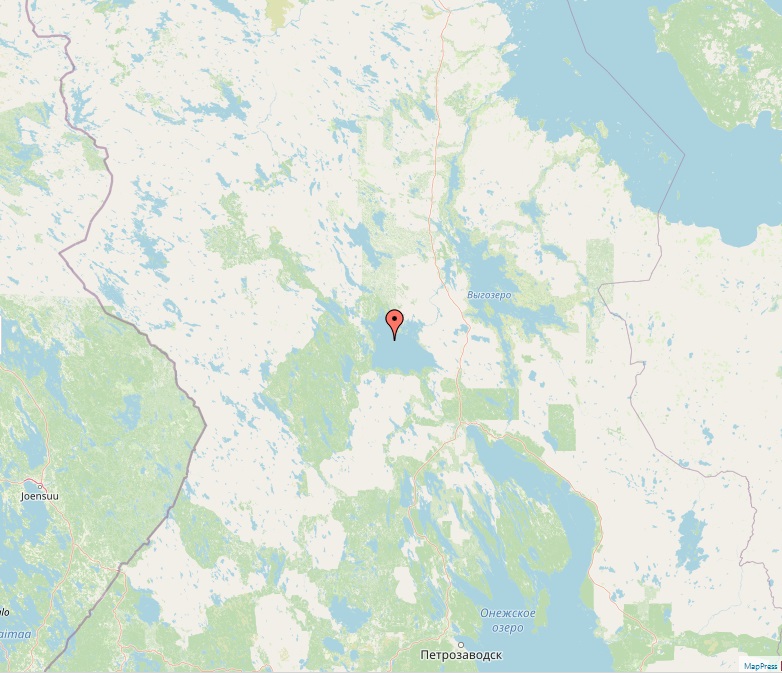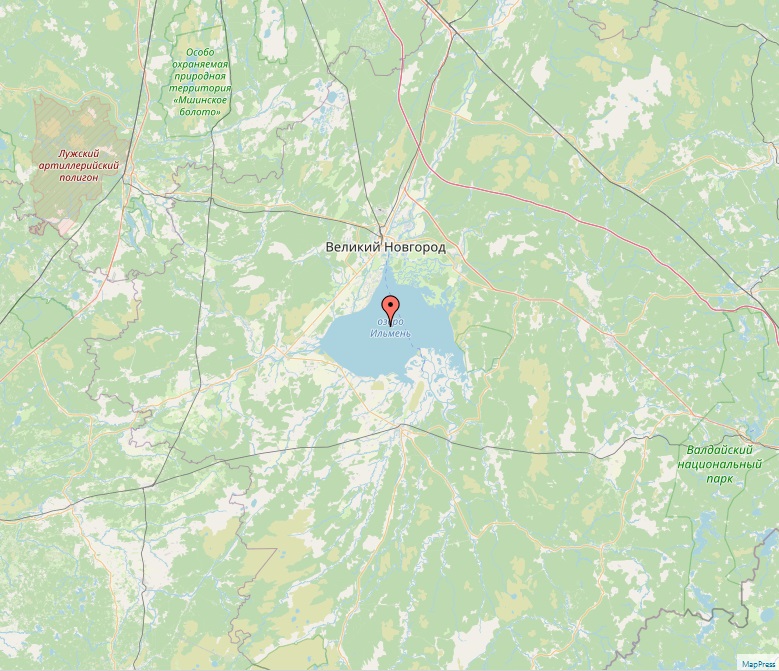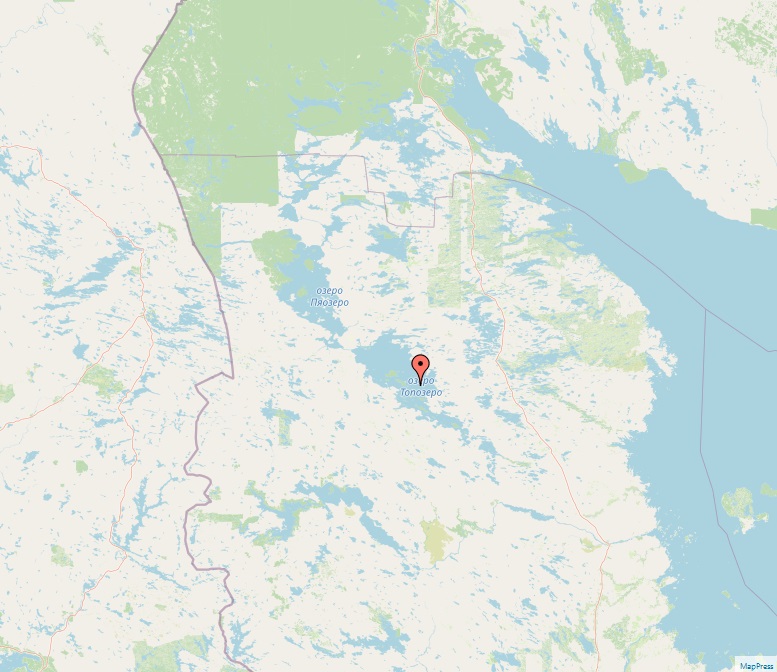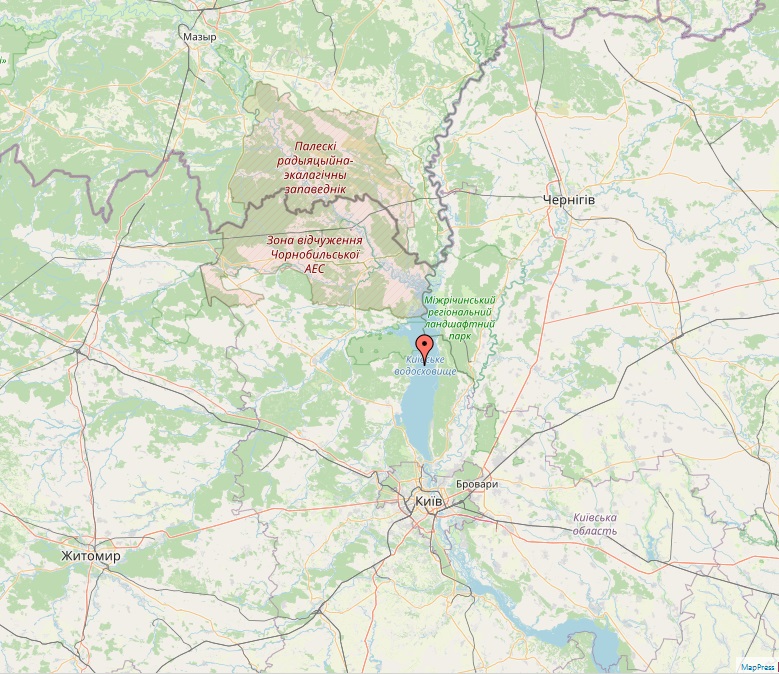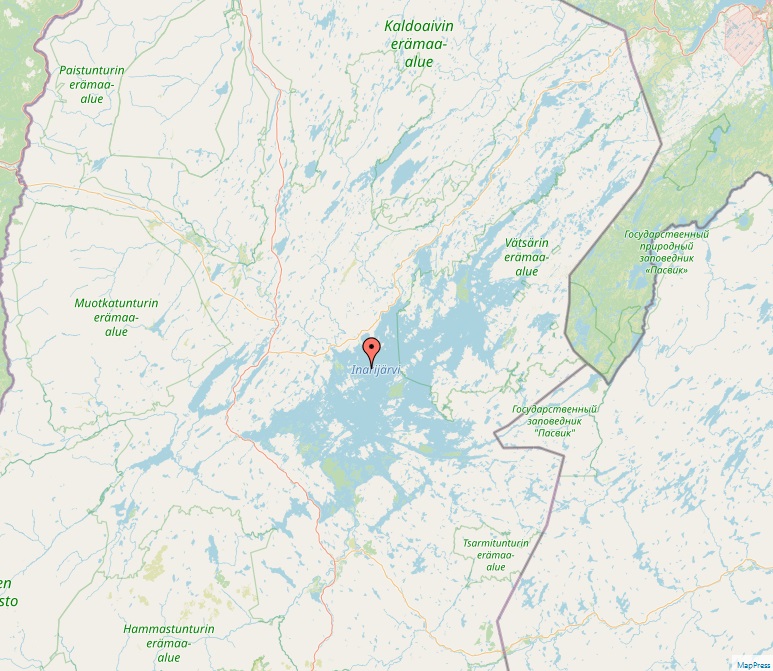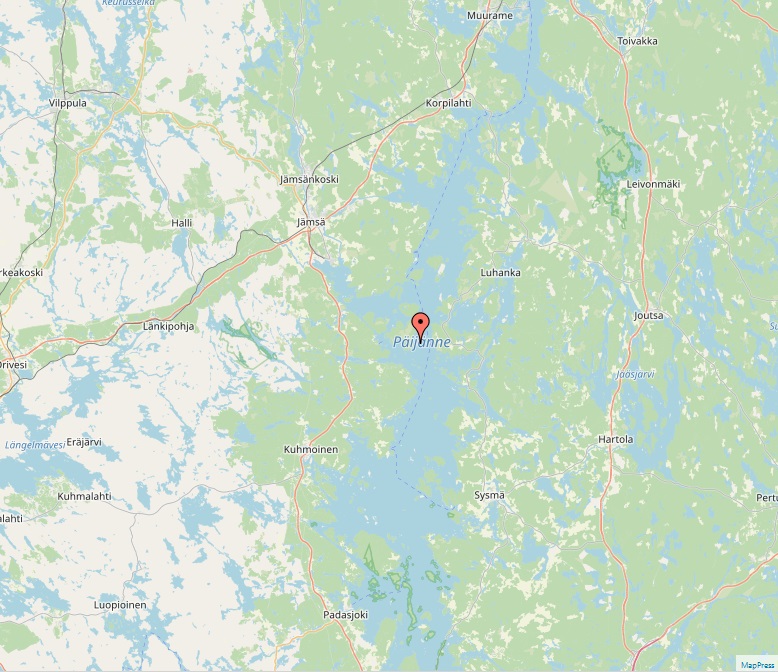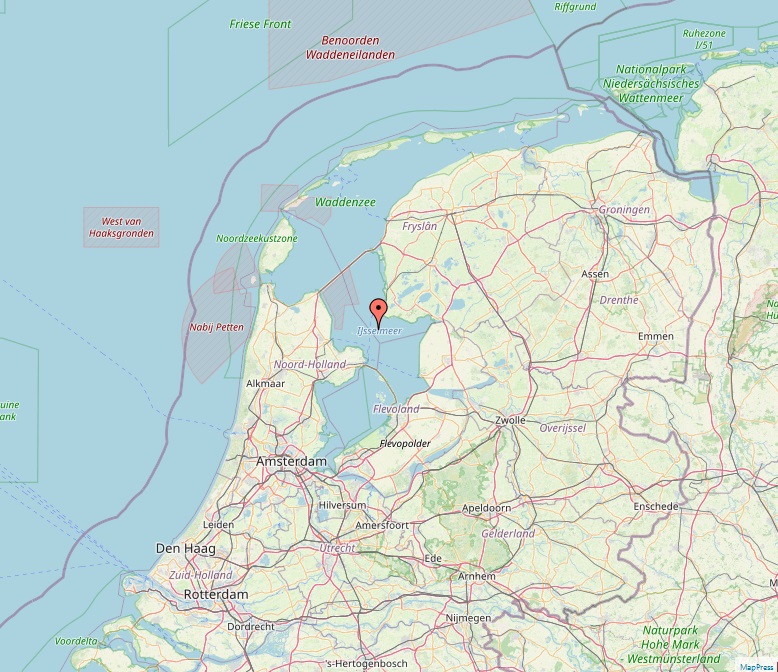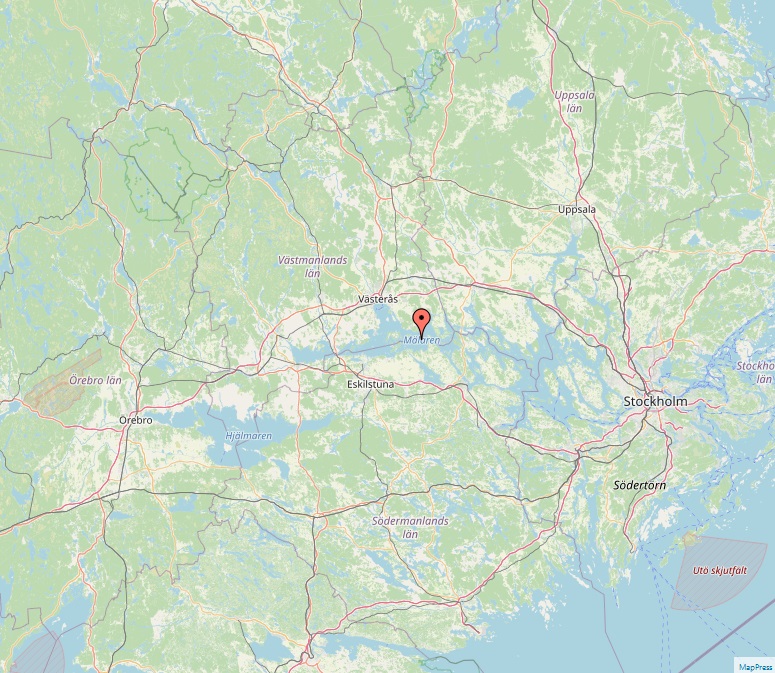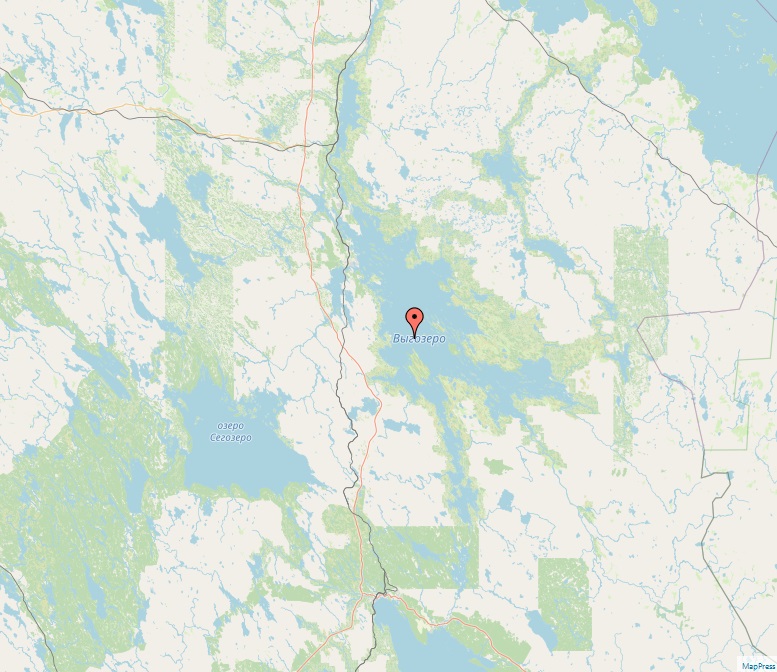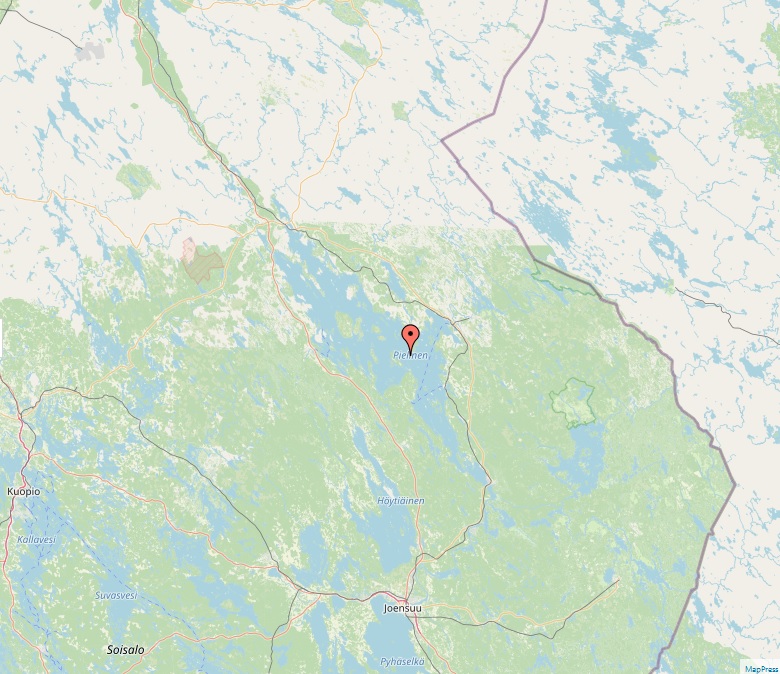
Lake Pielinen
Lake Pielinen, located in North Karelia, Finland, stands as a testament to the serene beauty and ecological richness of Finnish lakes. With its coordinates at 63°15′N 29°40′E, this mesotrophic lake is the fourth largest in Finland and serves as a crucial element in the region's landscape and biodiversity. Geographical Characteristics Lake Pielinen boasts a vast surface area of 894.21 square kilometers, making it one of the most expansive lakes in Finland. Its maximum length stretches to 120 kilometers, and its width varies up to 40 kilometers. The lake's impressive depth reaches a maximum of 60 meters, with an average depth of 9.9 meters, holding a water volume of 8.5 cubic kilometers. Hydrology and Inflows The lake's primary inflows include the Jongunjoki, Koitajoki, and Lieksanjoki rivers, each contributing to its rich…

